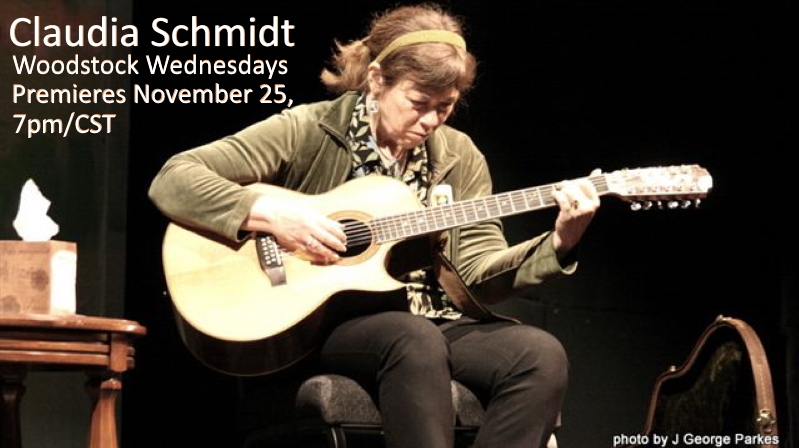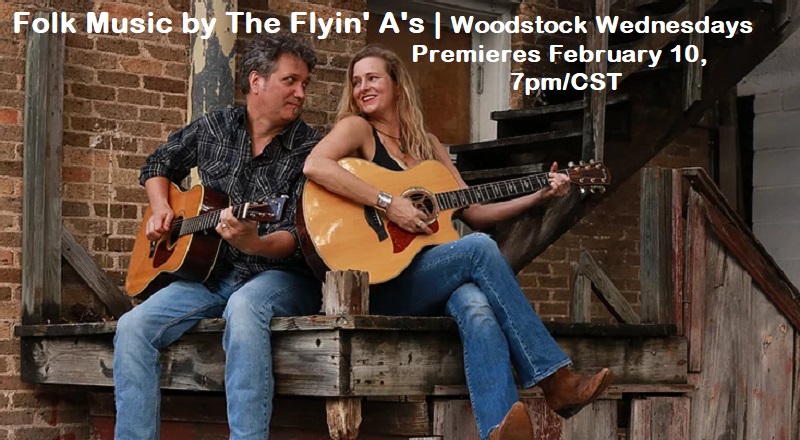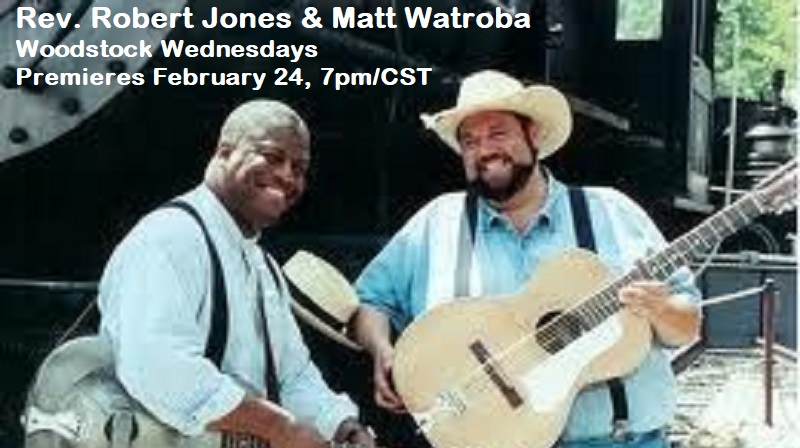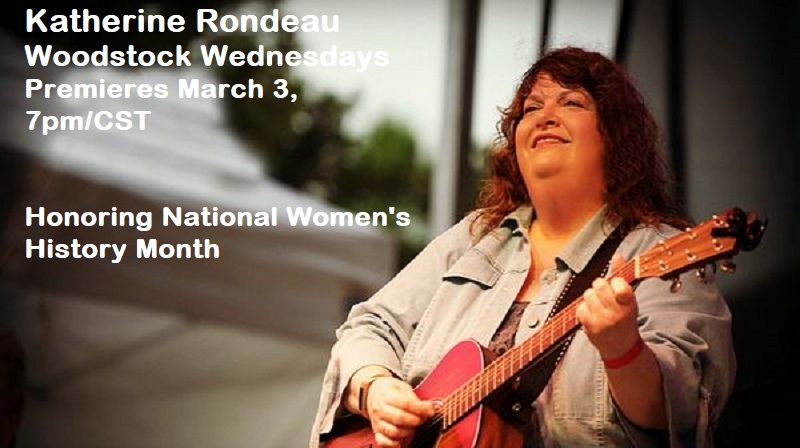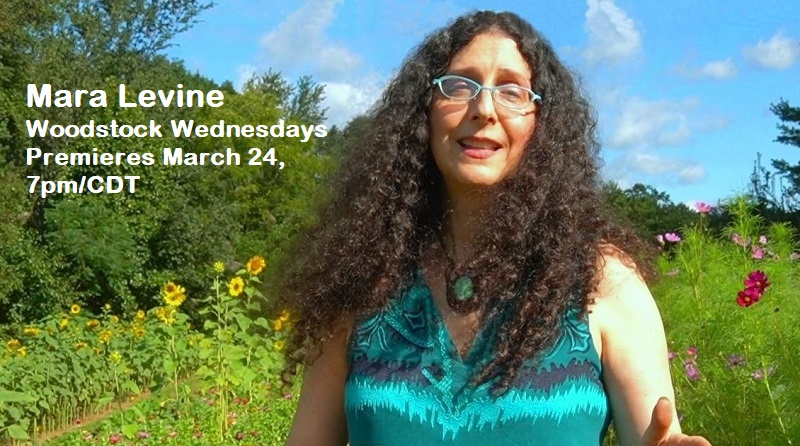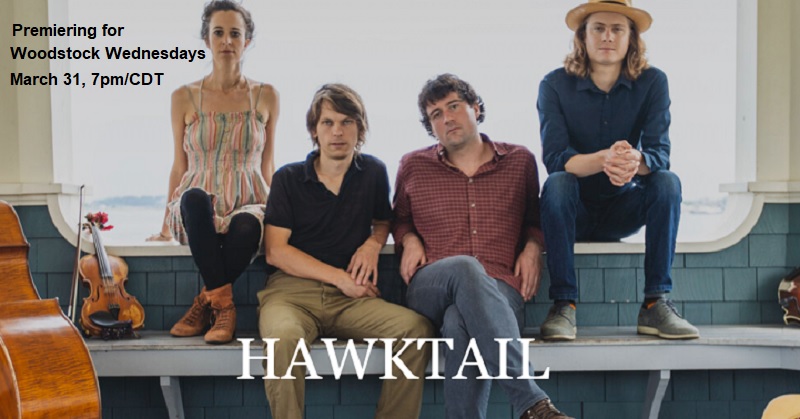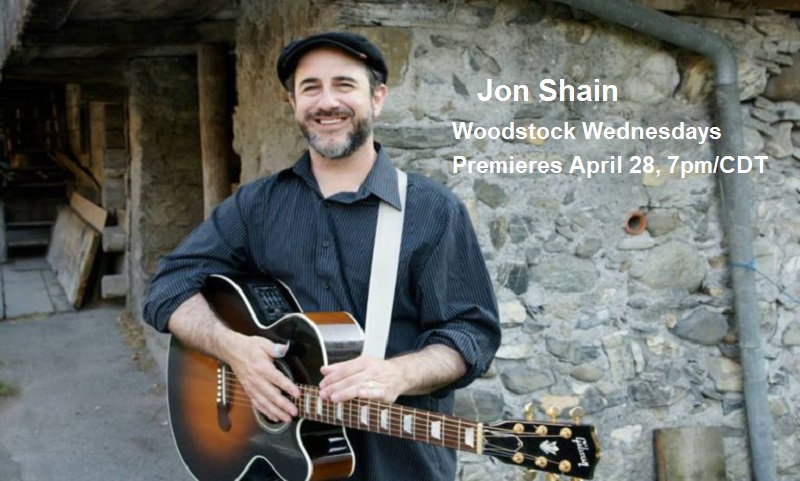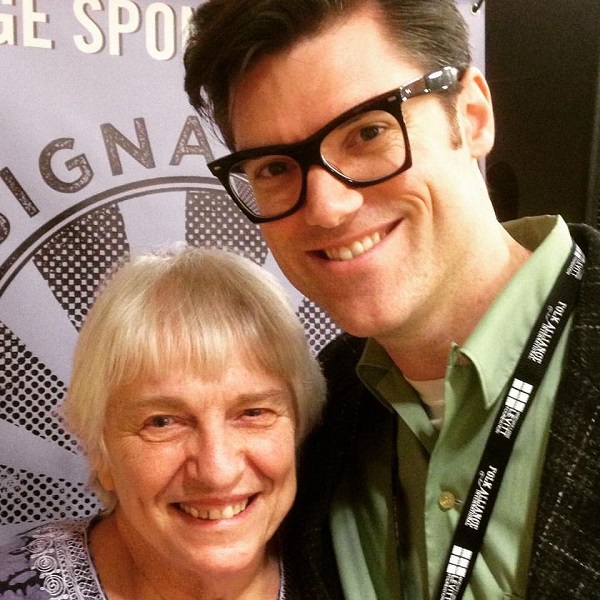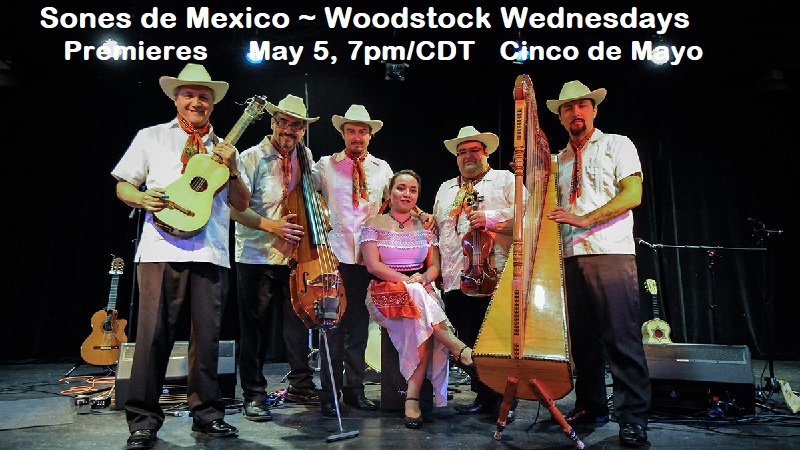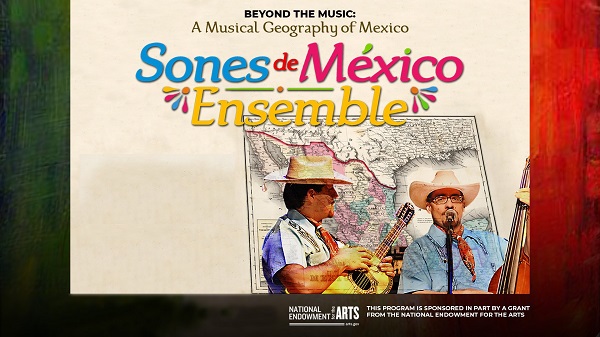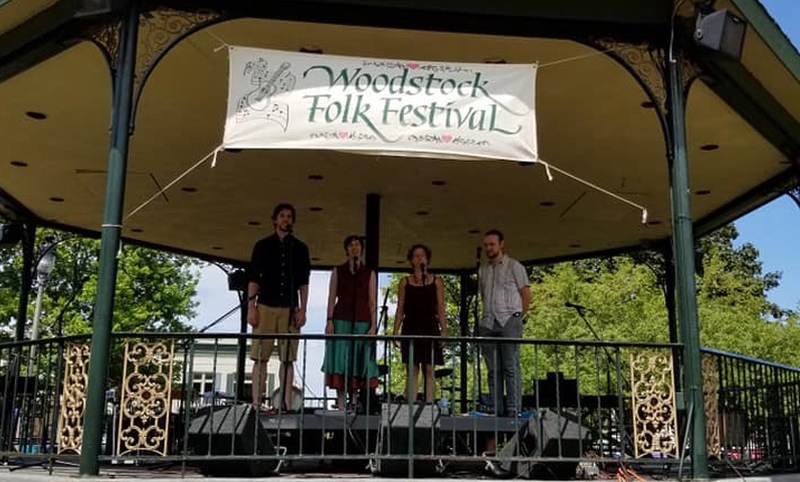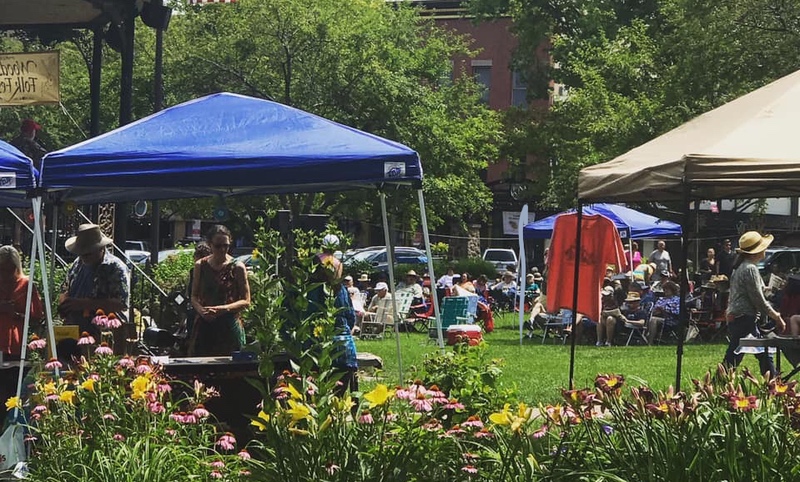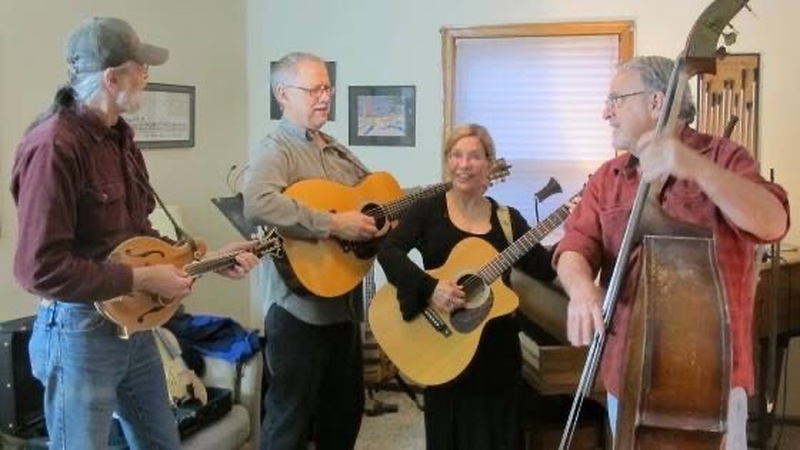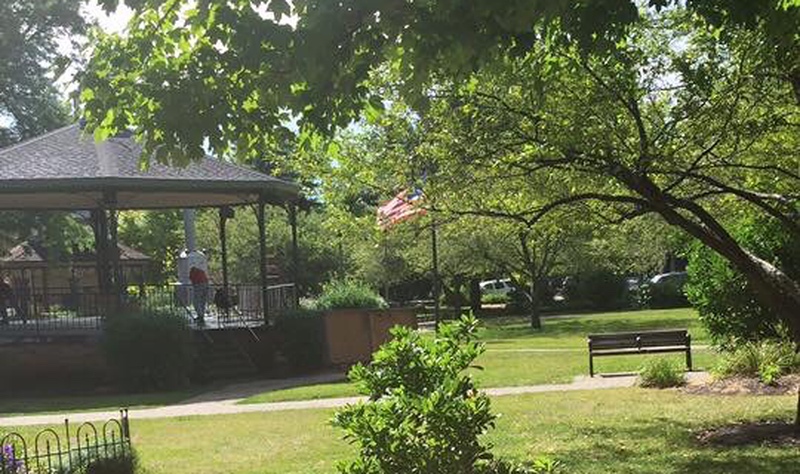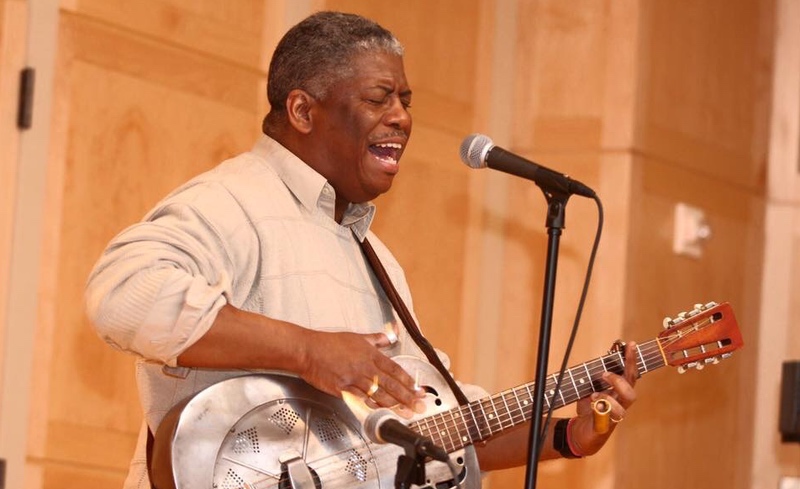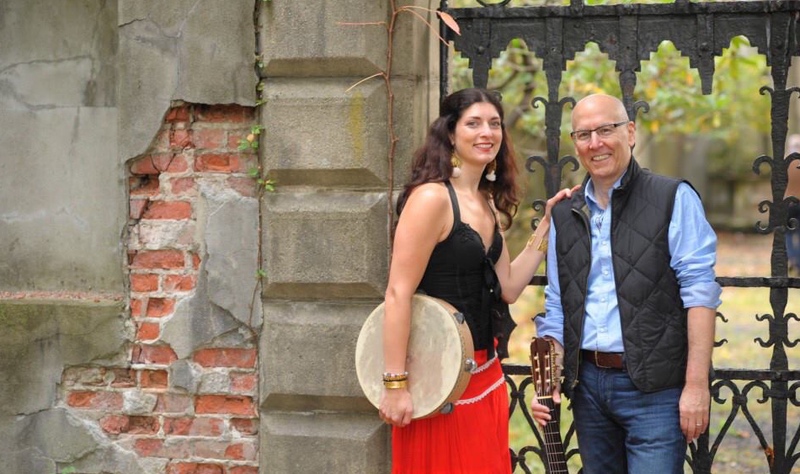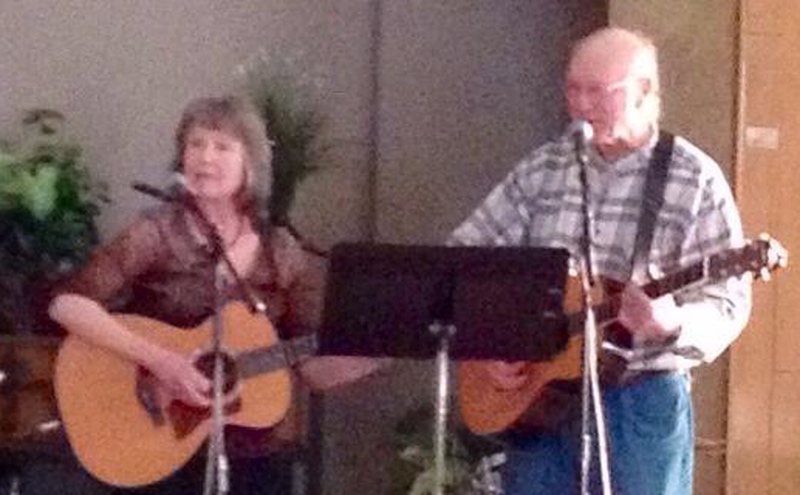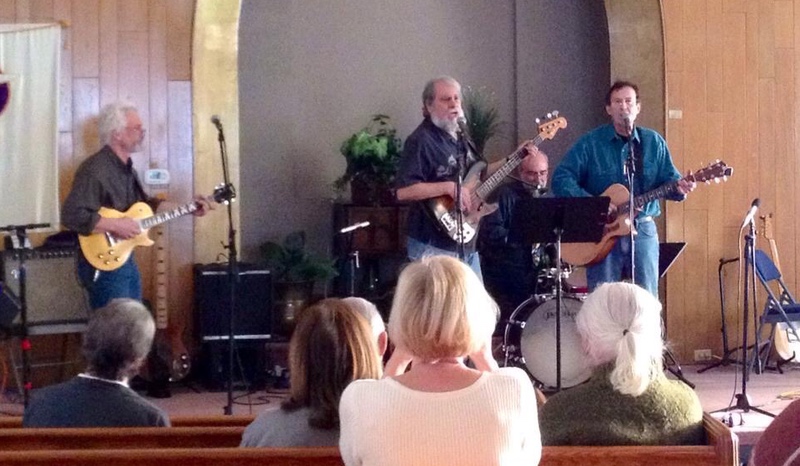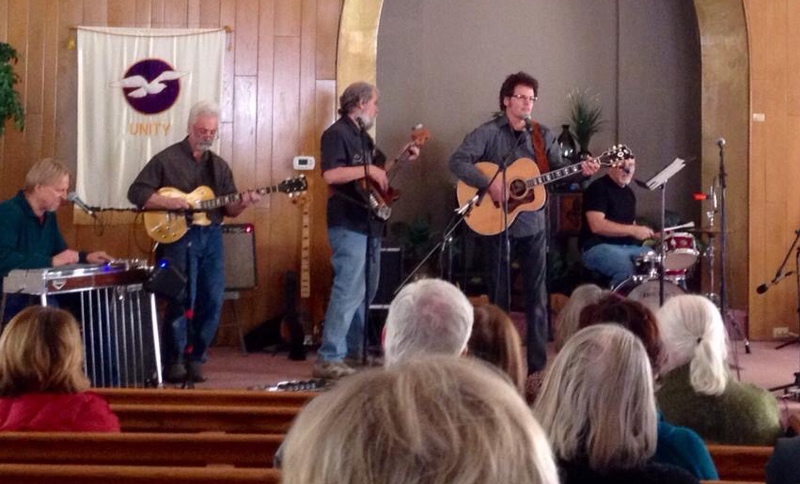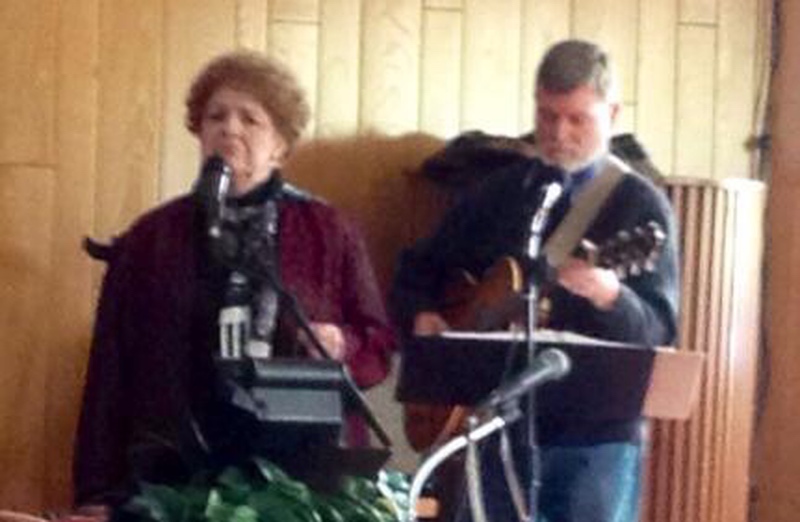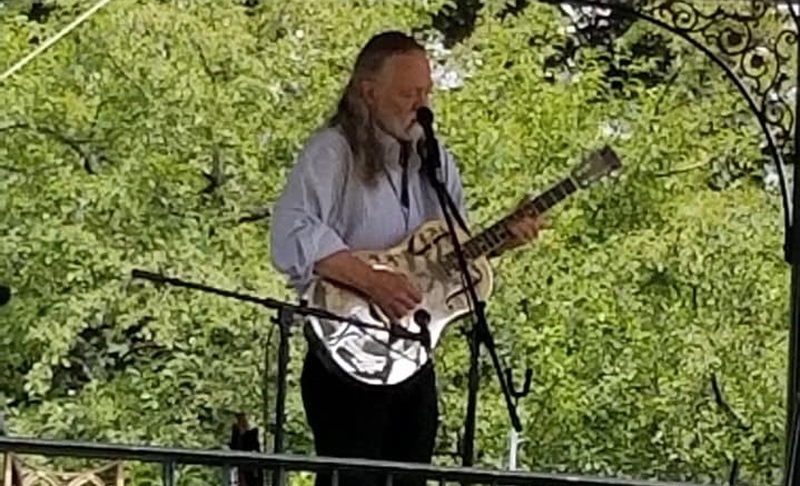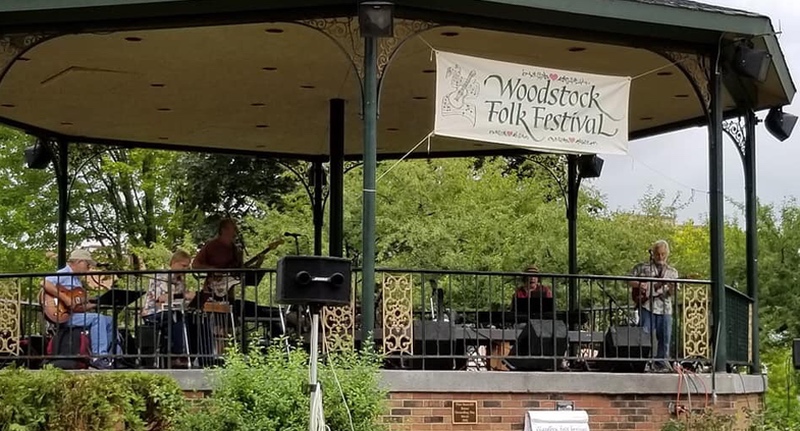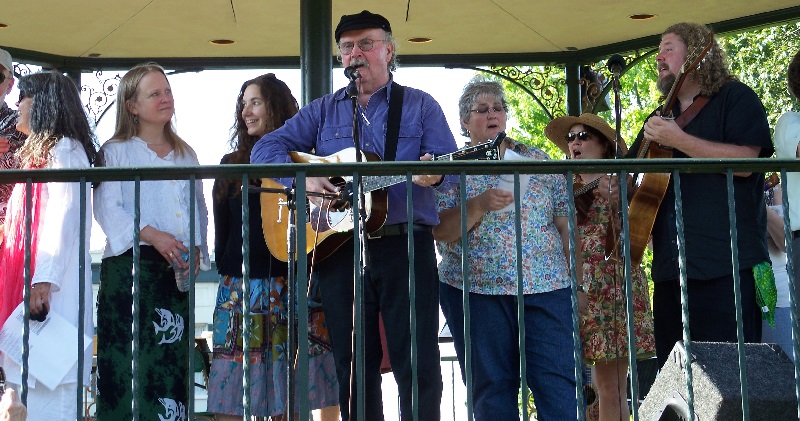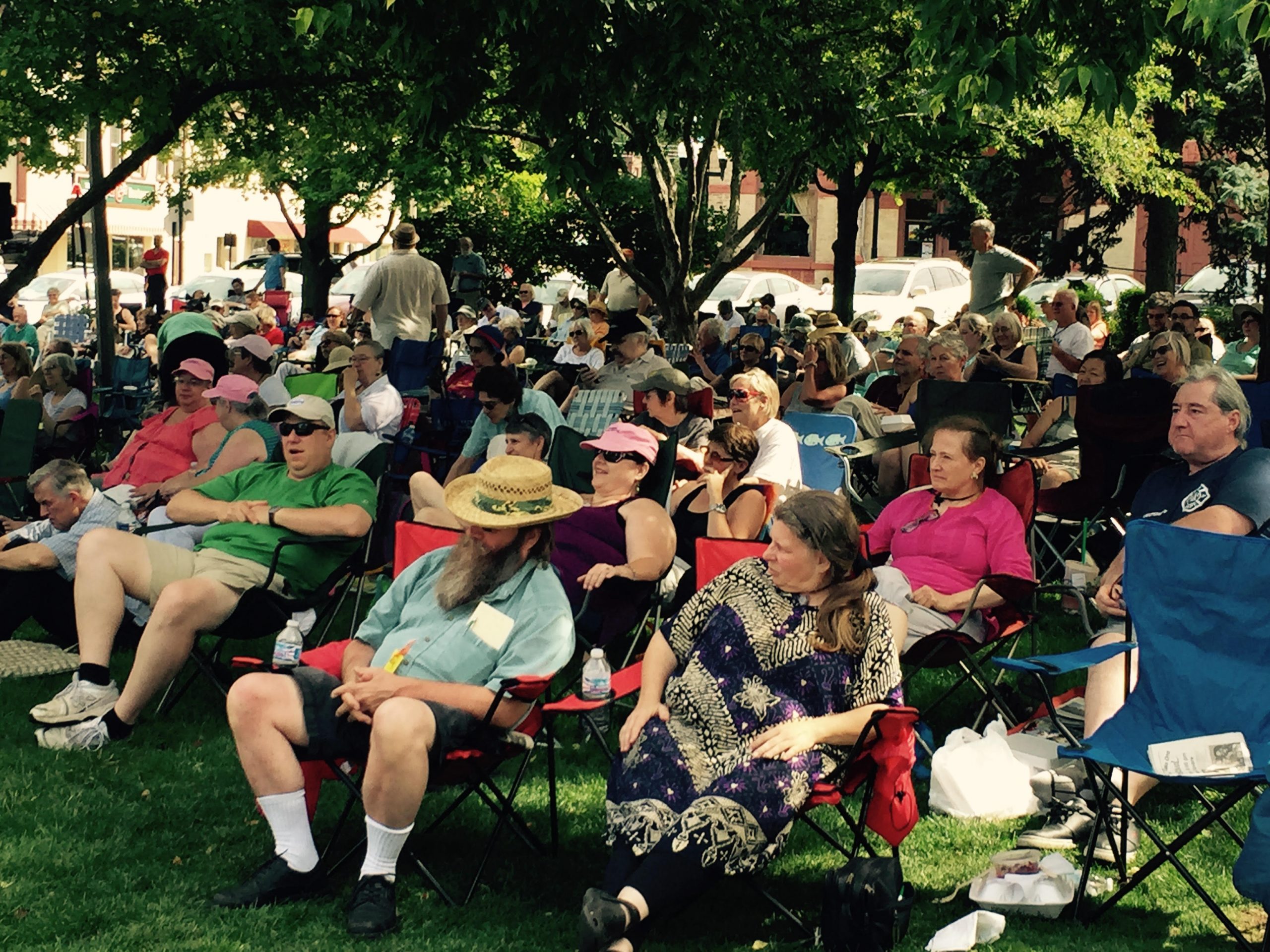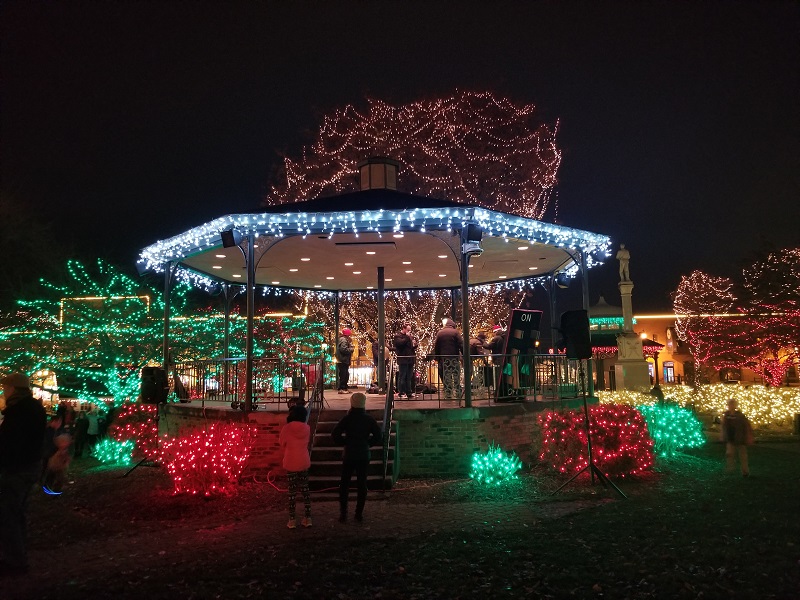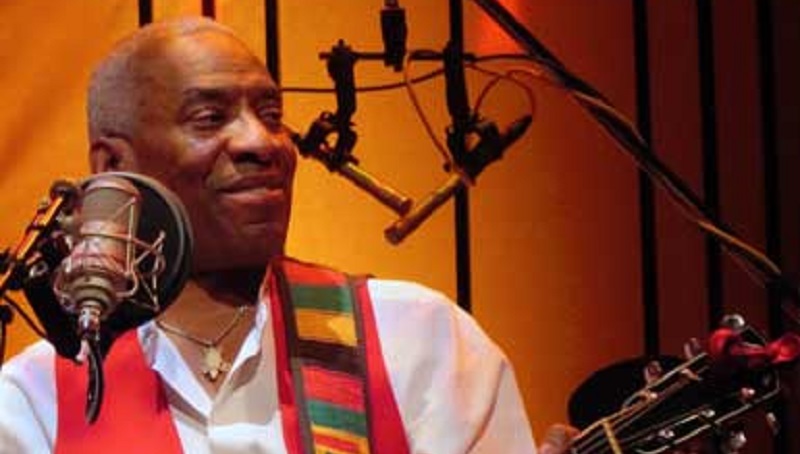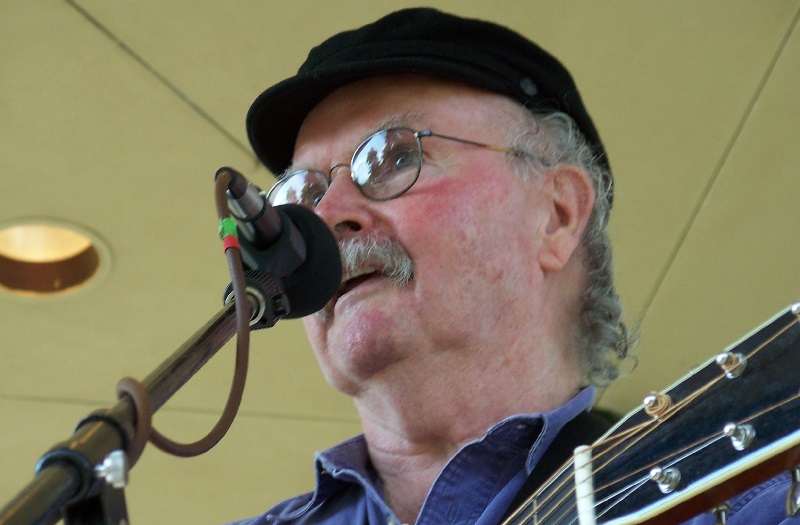Reflections compiled by Woodstock Folk Festival Board President Carol Obertubbesing

We extend a Happy Anniversary to Festival supporters who also celebrate their anniversaries
on April 22:
- Amy and Ray Beth
- Jacquie Manning and Rich Prezioso
- Debbie Solomon and Bruce Rosenberg
During the Festival’s recent “Power of Song” concert (still available in the Video Gallery (menu) at https://woodstockfolkfestival.org/aiovg_videos/woodstock-folk-festival-9th-annual-invitational-concert/), we told you we would commemorate three major anniversaries this year:
- the 100th Anniversary of Women’s Suffrage in the U.S.
- the 50th Anniversary of Earth Day
- the 50th Anniversary of the Student Strike of 1970
And we will explore the role that music played in all of those movements. Today marks the first of those anniversaries, Earth Day.
We will offer a quiz, some environmental tips, reflections, a poem, suggested songs, and even a recipe for a celebratory AND environmentally conscious drink. We also encourage you to visit www.earthday.org (official site), www.earthrise2020.org, almanac.com, space.com, and www.epa.gov for virtual activities and events, background and educational materials, and other resources.
Non-profit organizations around the country, including the Shedd Aquarium and Museum of Science and Industry in Chicago, have online events and resources. Many organizations have devoted much time and effort to this anniversary, only to see their in-person events cancelled. Please help them out by checking out the websites and supporting environmental organizations.
Many of the Festival’s past performers include songs about the environment in their repertoire. The Festival’s co-founder Amy Beth has often participated in Earth Day activities, either solo or with the Kishwaukee Ramblers. The Festival’s 2018 spring benefit concert, “Earthrise,” featured a multitude of songs about our planet. Today’s post is a continuation of the Festival’s history of presenting performers and concerts that feature songs related to the issues of our day.
Earth Day Quiz
- Who wrote the book that is often considered to be the birth of the modern day environmental movement?
- Who organized the first Earth Day in 1970?
- Was there a day focused on the environment before 1970?
- Which U.S. President established the U.S. Forest Service, as well as creating several National Parks, National Monuments, bird reserves, and game preserves?
- Was there an environmental movement in the 19th Century and was it connected to the Suffrage Movement?
Read on for answers to these questions:
Background for Earth Day
The early Conservation Movement dates back to the 19th Century with the management of fisheries and wildlife, conservation of water and soil, and protection of forests. John Muir was well known as one of the early environmentalists, but women such as Susan Fenimore Cooper, Graceanna Lewis, Martha Maxwell, Florence Merriam Bailey, Ellen Swallow Richards, and Dr. Alice Hamilton were among the early pioneers in the study of nature and environmentalism; in some cases Women’s Suffrage and environmentalism are linked. You can read more about these women in Rachel Carson and Her Sisters by Robert K. Musil.
The Sierra Club was established in 1892. At the beginning of the 20th Century, President Theodore Roosevelt furthered the cause and brought it to national attention through establishment of the U.S. Forest Service and the creation of numerous National Parks, National Monuments, bird reserves, and game preserves.
Many people credit Rachel Carson’s book Silent Spring published in 1962 with the beginning
of the modern day environmental movement. Denis Hayes organized the first Earth Day on
April 22, 1970. Teach-ins and rallies occurred across the country. In 1990 Earth Day went global and led to a U.N. Earth Summit in 1992. In the U.S., public television’s “Operation Earth” outreach campaign in 1990 offered special environmentally-themed programs, including “Race to Save the Planet,” throughout the year, and local stations, working with community organizations and government agencies, presented additional programs, community events, beach and park clean-ups, concerts, and public service announcements. According to some accounts, it is now the world’s most celebrated secular holiday.
The theme for this year’s Earth Day is “Climate Action.” The United Nations has dedicated numerous years to environmental issues; 2020 is the U.N.’s “International Year of Plant Health.”
Arbor Day, celebrated on April 24, is dedicated to planting and conservation of trees. Some
accounts date this holiday to Spain, with a plantation festival in 1594 and the first modern Arbor Day in 1805. The first American Arbor Day began in Nebraska in 1872 and it is now celebrated, usually with tree-planting, on the last Friday in April.
Environmental Tips
- Save energy and money by turning off lights when you leave a room.
- Use vinegar, lemon, and baking soda instead of chemical products for cleaning.
- Choose local, seasonal produce – patronize the local farmers markets, such as the award-winning Woodstock Farmers Market, that open soon.
- Use less paper and when you do need to use it, try to use recycled paper.
- Plant a tree or support tree planting and community gardens.
- Check out environmental organizations’ websites for additional tips.
Celebrate with Poetry and Prose
See the bibliography that is part of the 9th Annual Invitational Concert Video post.
April is National Poetry Month, so here are some ideas for a dual celebration:
- Mary Oliver wrote many poems about nature; you can read them in books such as American Primitive, which received the Pulitzer Prize for Poetry in 1984.
- Robert Frost also wrote many poems whose themes spring from nature. “Birches” is one such poem.
- Read Joyce Kilmer’s poem “Trees.”
- Here’s a poem by Woodstock Folk Festival Lifetime Achievement Award recipient Tricia Alexander which reminded me of how our inner selves can spring to life at this time of year. It seemed especially appropriate at this difficult time:
INSPIRATION
By Tricia Alexander (used with permission of the author) – You can purchase Tricia’s books and CDs through her website, https://triciaalexander.org.
inspiration comes more slowly these days
like a brand new spring
bubbling up gently
from some undiscovered depth in me
bringing in its essence
a kind of pure sweetness
and a quiet certainty
that seems to whisper
“she survived”
“she survived”
The Lookout, Myrtle Beach, SC, February 1996

Celebrate with Music
WFF Radio Partner WDCB’s “Folk Festival” show hosted by Lilli Kuzma will feature songs for Earth Day on Tuesday night, April 21, the eve of Earth Day, from 8-11 p.m./CDT on 90.9FM or wdcb.org. Hour 1 will have the most Earth-Day-oriented songs. The show is archived for 2 weeks at wdcb.org/archive.
Magpie, the duo of Terry Leonino and Greg Artzner, performed at our Festival in 2009. Many of their songs relate to the environment, but “Living Planet” and “Songs for the Earth” are filled with such songs. You can listen to Magpie singing “We Belong to the Earth” from Seed on the Prairie on YouTube (there’s also a version with WFF Lifetime Achievement Award recipients Kim and Reggie Harris from the Spoken in Love Concert CD online) and you can purchase their CDs via their website, magpiemusic.com.
Songs by many other artists including Malvina Reynolds, Pete Seeger, Joni Mitchell, John Denver, Peter, Paul & Mary, Oscar Brand, and Neil Young; music by the Paul Winter Consort and John Cage; Live Earth Concert from 2007; Stravinsky’s “Rite of Spring”; and Vivaldi’s “Four Seasons”
Fun Recipe for Toasting Earth Day
Provided by Joe Jencks (Joe is scheduled to perform at our July 19, 2020 Festival; in the
meantime, check out online concerts and CDs at www.joejencks.com)
Note: I cook improvisationally much of the time. Instinct and experience. The measurements may vary based on the specific grapefruit. All cooking is experimental.

Take the rind/peel from one large grapefruit (with pith and bits of fruit still attached) and cut each half of the rind in half again. Cut those quarters in to 1/4 to 1/3 in. strips. Measure the volume of the rind/skin loosely. Use about 2.5 times that much water — SO for two cups of rind, use maybe four – five cups of water. Bring the rind and water to a boil in a saucepan for about five – ten minutes. Cover and simmer on low for about another 40-45 minutes. Turn off the stove and let it cool covered for an hour or so.
Strain the rind and pith out, reserving the liquid.
Mix 2 cups of liquid and 2 cups of granulated sugar (regardless of volume, a simple syrup is always about 50/50 liquid and sugar). So maybe start small . . . 1 cup of liquid and 1 cup of sugar. Try it first and see if you like it.
On low heat, slowly and occasionally stirring, bring the syrup just barely up to a simmer. Then turn off the heat and let it cool.
In a pint glass or large water tumbler, mix a tablespoon or two of the syrup with a splash of lime or lemon juice. I prefer Nellie & Joe’s Key West Lime Juice. But whatever you use, only a tiny amount/splash is needed. It just brings a little fresh zip in to support the base grapefruit flavor. Add in tap or fizzy water to fill the rest of the glass. It’s all about what tastes good to you . . . so try various strengths of the syrup.
Also try making the citrus rind infusion with more or less water. the next goround if you prefer it stronger or weaker. And of course it depends on the individual fruit. So outcomes vary a little with each kind of fruit. I used one large Ruby Red Grapefruit peel with nice thick skin.
Refrigerate the leftover unsweetened infusion for making more syrup or for use in the culinary projects. Refrigerate the syrup as well. Because it has sugar and fresh cooked fruit particulate,
and no preservatives, it will stay stable for about a week or two in a glass jar on the counter, but it will eventually start to ferment, unless refrigerated.
Use the syrup in glazes for fish, poultry, tofu, whatever. Use it in tea. Use it drizzled on a hot buttered scone or biscuit. I made the same sour of syrup with a combination of Clementine & Minneola orange peels, and used that as part of my sauce for a tofu, vegetable and cashew nut stir-fry. That was yummy too!
You can use this basic recipe to make syrup from any citrus peel. I also do this with fresh ginger root. Make the infusion, strain, 50/50 liquid and granulated sugar. Also YUM. And that syrup is very good in stir-fry and other glazes. The ginger syrup REALLY carries depending on the strength of the ginger. You use a few ounces of fresh ginger to about 4-5 cups of water. That alone with a pinch of sugar makes a marvelous tea/infusion/hot beverage. Experiment and enjoy!
And… Let me know if you think of new variations or uses for these marvelous not-so-simple syrups! (I will note that for those who partake, they are also a marvelous addition to a gin and
tonic).
Slainte! – Joe Jencks.
And STAY TUNED FOR DETAILS ON MAY 9 AND 15 CONCERTS.







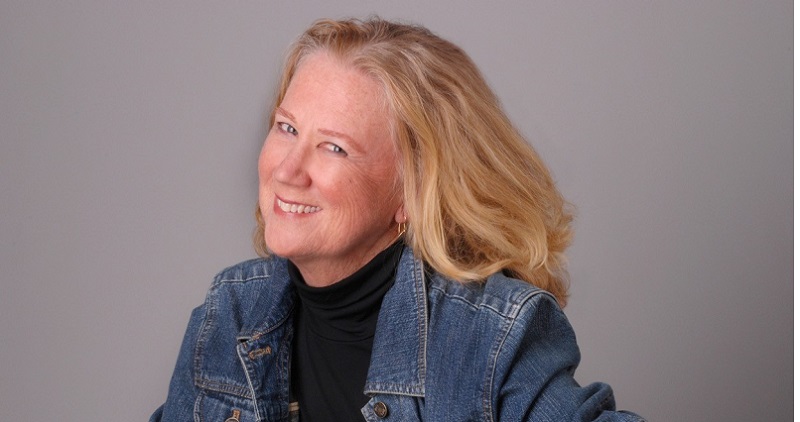


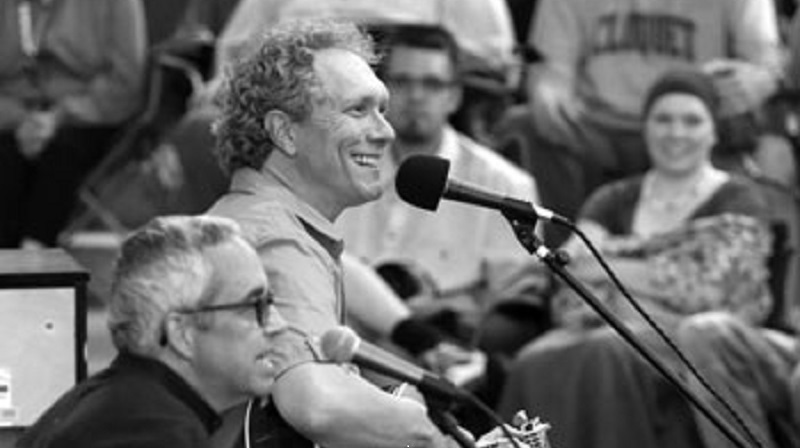

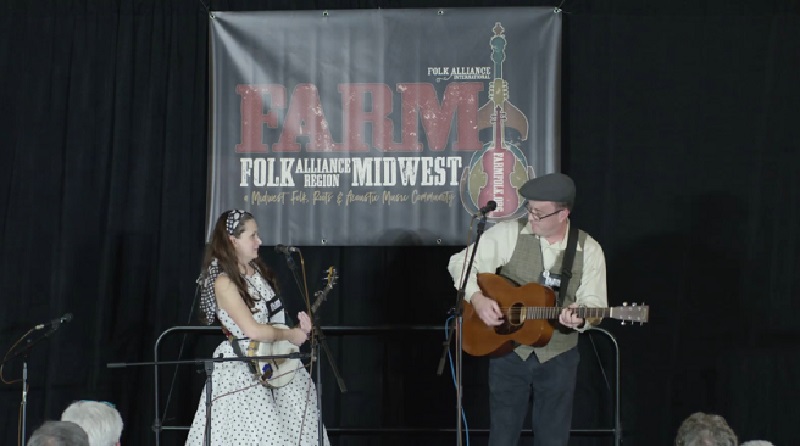
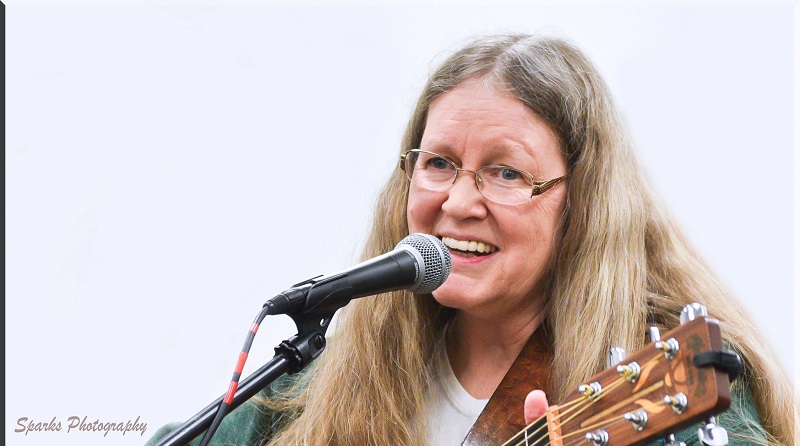

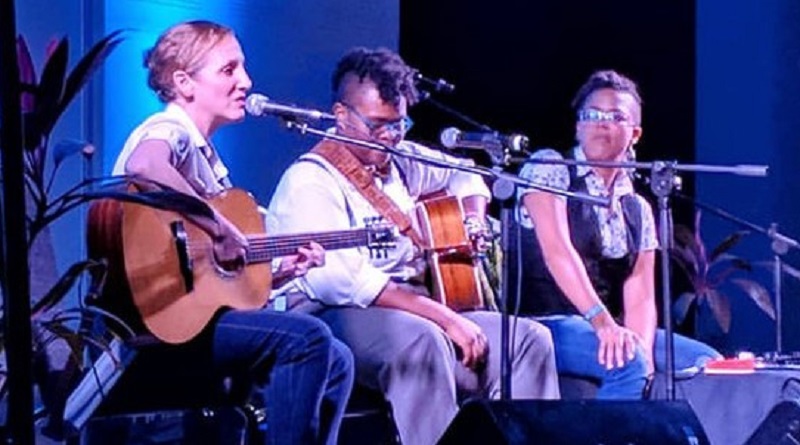


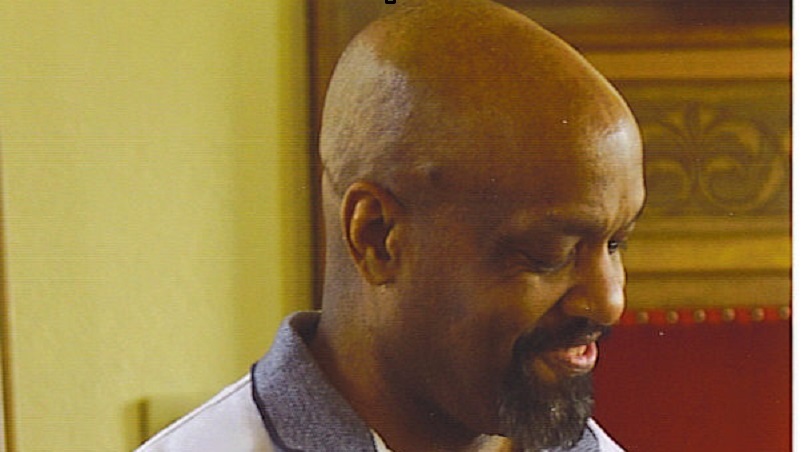



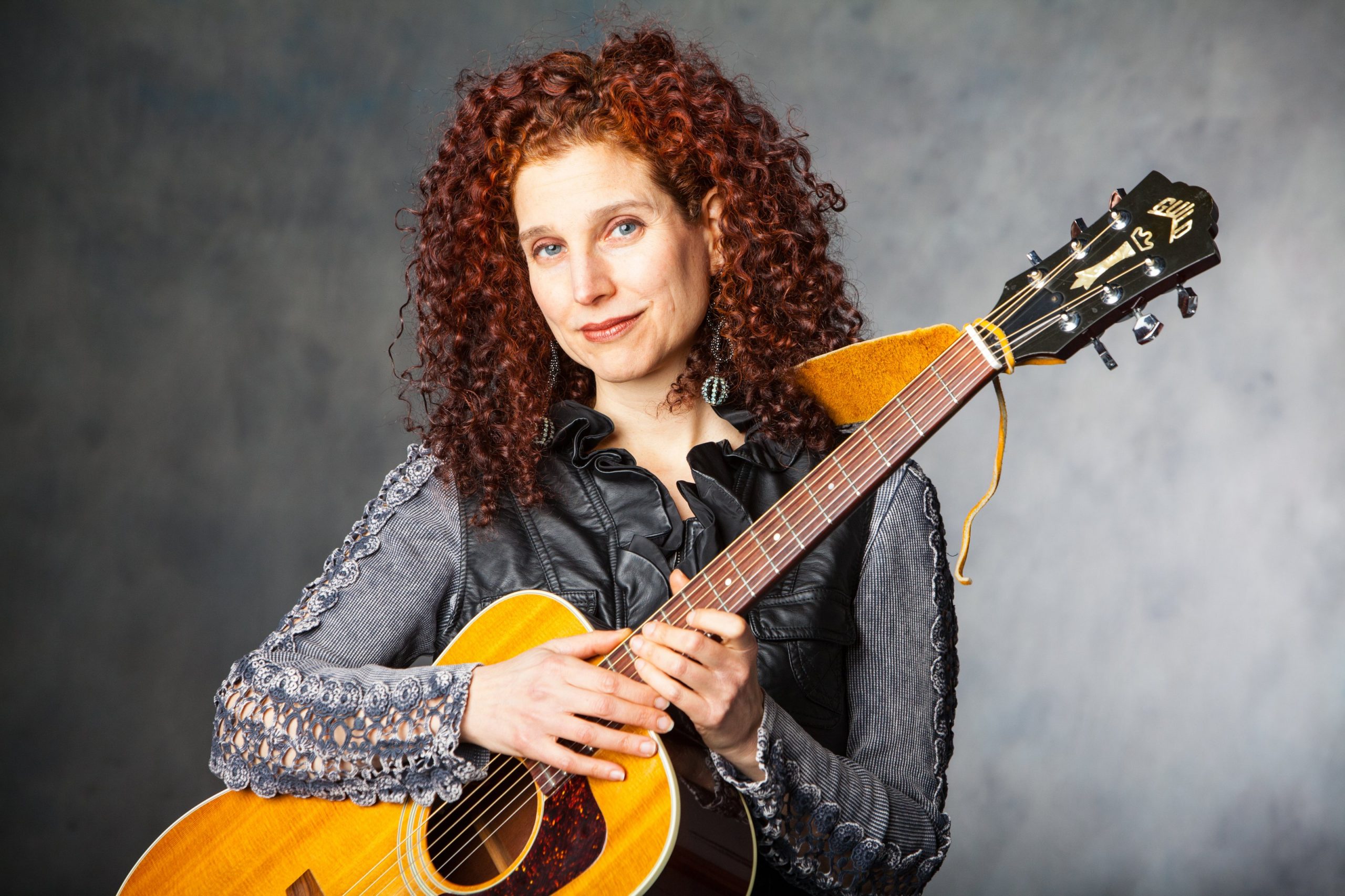



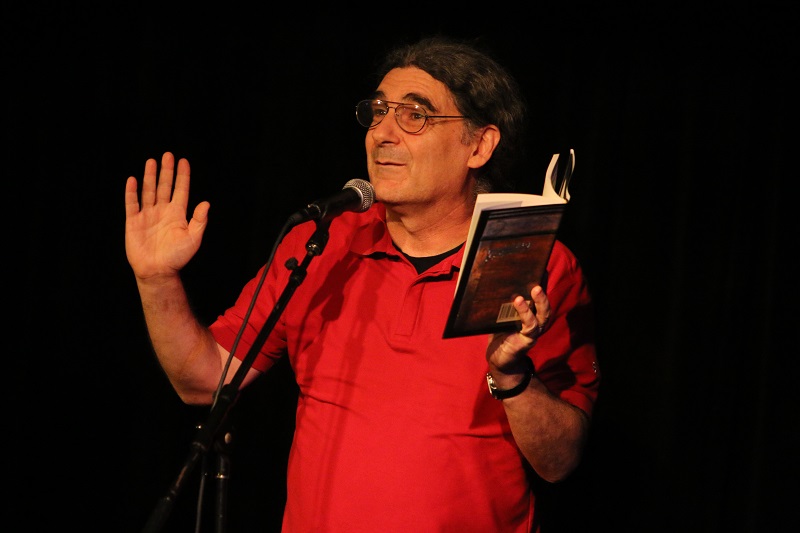


![Meghan Cary video image july 2020[7293]](https://woodstockfolkfestival.org/wp-content/uploads/2021/01/Meghan-Cary-video-image-july-20207293.jpg)

